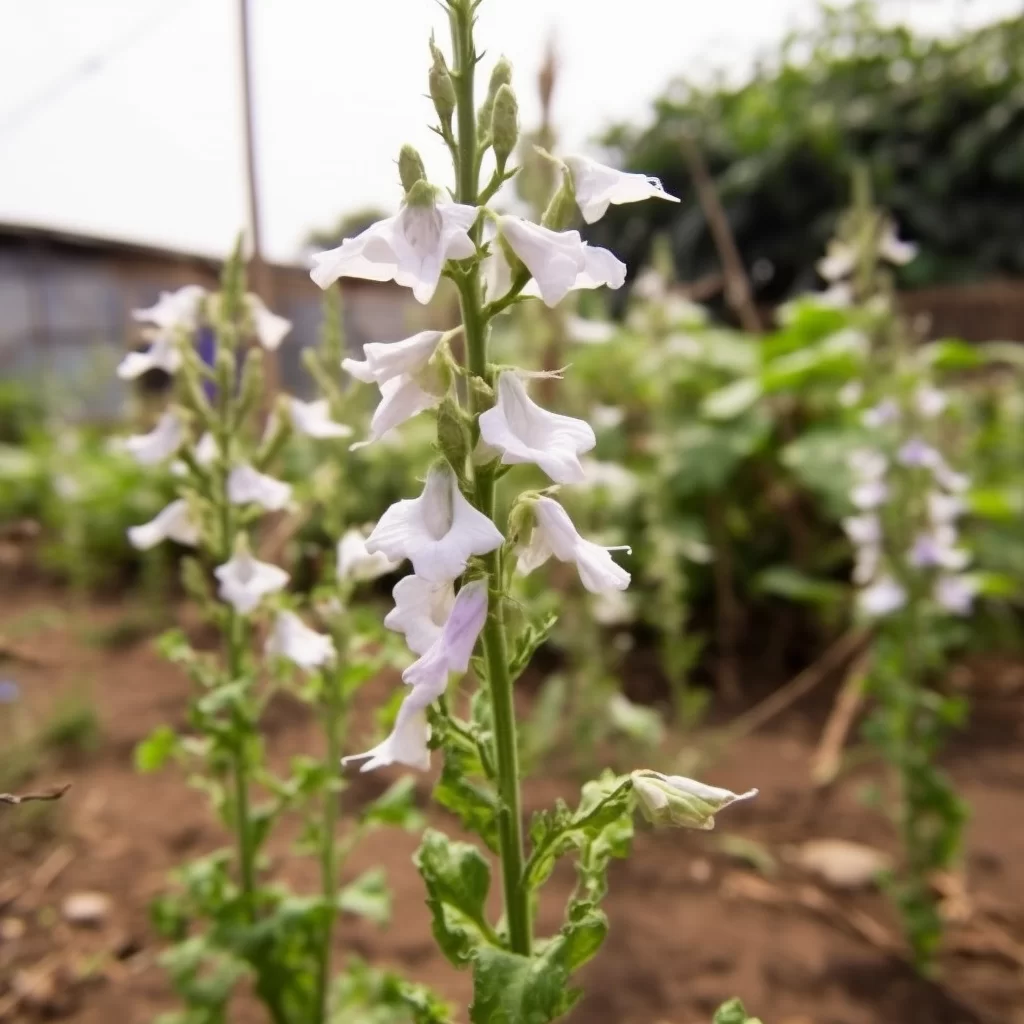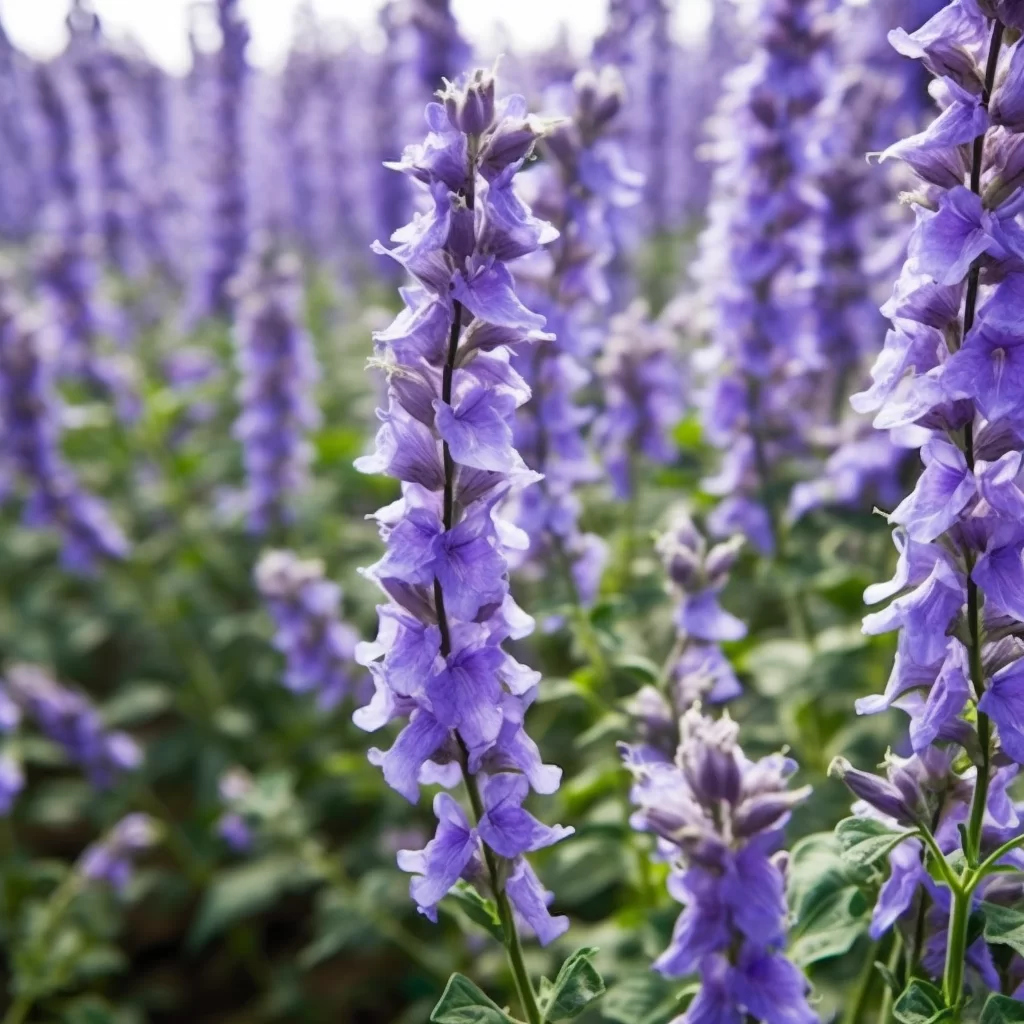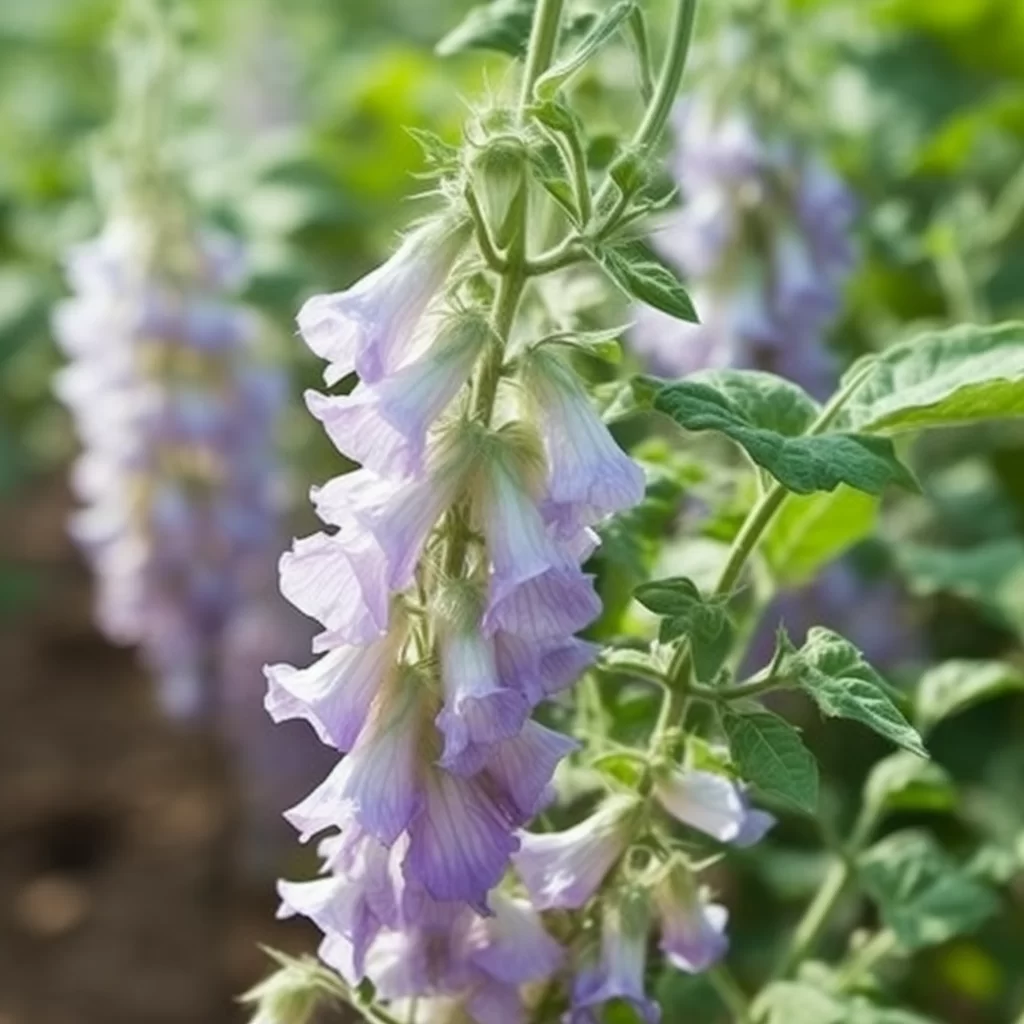Story of Day :
Contents
Campanula Plant: Complete Guide and Care Tips
If you want to add some splendor to your garden with an effortless and stunning plant, the campanula is a great option.
This flowering plant, also known as the bellflower, comes in various colors, shapes, and sizes that can enhance any landscape design.
Whether you prefer a small or large garden or a specific color scheme, there is a campanula species suitable for your needs.
In this comprehensive guide on growing campanulas successfully, you’ll learn all the essential care tips and tricks to maintain their beauty for years.From planting to fertilizing and pruning techniques for different varieties of campanulas – we’ve got you covered.
You’ll discover how easy it can be to cultivate this elegant flower that will transform any dull corner into an eye-catching feature of your garden.
With our expert advice on hand, even beginners can easily grow these plants with minimal effort and enjoy their beautiful blooms year after year!
What is Campanula Plant?
The campanula plant is a diverse group of flowering plants that belongs to the Campanulaceae family.
This family consists of over 500 species of plants, which vary in height and lifespan.
From small annuals and biennials to towering perennials, campanulas come in all shapes and sizes.
Some types like creeping bellflowers are low-growing ground covers while others like Campanula lactiflora can grow up to six feet tall with spires of flowers blooming at the top.
The name “campanula” originates from Latin for “little bell,” which perfectly describes the shape of its beautiful blooms. Campanulas are popular garden plants due to their diversity in growth habit, hardiness, and attractive blooms.
Campanulas are popular garden plants due to their diversity in growth habit, hardiness, and attractive blooms.
They come in many colors including blue, purple, pink, white or a combination thereof.
Their shape ranges from star-like to round and they can have single or double flowers on one stem.
With so many types available for cultivation as well as their easy care requirements such as full sun or partial shade depending on the variety selected by gardener make them perfect for any garden enthusiast who enjoys variety!
Varieties of Campanulas
- Campanula Carpatica: Known as Carpathian harebell or tussock bellflower.
It has blue or white star-shaped flowers on compact plants with hairy leaves ideal for rock gardens or edging borders.
- Camapanlua Persicifolia: Known as peach-leaved bellflower from its lance-shaped leaves.
It produces upward-facing violet-blue or white cup-shaped flowers on tall stems suitable for cottage gardens.
- Capanual Glomerata: Known as clustered bellflower with dense heads of purple-blue flowers held above basal rosettes of foliage usually grown at the back borders or wild areas where it can spread naturally by self-seeding.
- Campanula Poscharskyana: Known as trailing bellflower.
It has violet-blue star-shaped flowers on stems that will trail over walls or fill gaps between paving stones.
How to Grow Campanulas?
If you’re new to gardening, the campanula plant is a great place to start.
With its easy-to-grow nature and minimal care requirements, it’s an excellent choice for beginners.
Whether you’re looking to add some color to your windowsill or want to grow them in your garden bed, campanulas are sure to thrive with just a little bit of love. To grow campanulas successfully, make sure they have access to plenty of sunlight and well-draining soil.
To grow campanulas successfully, make sure they have access to plenty of sunlight and well-draining soil.
Water them regularly but be careful not to overwater as this can lead to root rot.
Deadhead spent blooms regularly and fertilize occasionally for best results.
With these simple tips, you can enjoy beautiful campanula flowers all season long!
Location
Campanulas prefer a sunny location with well-draining soil.
Most species are hardy and can tolerate cold weather, but they don’t like excessive heat.
Soil Preparation
A neutral or slightly alkaline soil pH of 6.5-7 is ideal for campanulas with good drainage and plenty of organic matter such as compost or rotted manure dug in beforehand.
Sowing Seeds
If you want to start from seed, sow indoors in early spring or directly outdoors after the last frost date when the ground has warmed up.

- Sow seeds very thinly onto moist compost placed in trays or pots covered with cling film until germinated then thin out small plantlets into individual containers grown under cover until established before planting outside in their final positions when large enough to handle over summer months.
- Camapnula carpatica can be sown outdoors too if the site is prepared well weed-free and marked areas where planting will occur later so that new seedlings do not get destroyed by raking over before they have had time to establish themselves fully.
- In autumn, collect ripe seedheads (capsules) then store them dry but cool until sowing again next spring – this option only applies if you already have mature plants available for seed collection.
Planting
For potted plants, gently tease out the roots before planting in the garden, making sure to keep the crown at soil level.
Water well after planting and mulch with compost or leaf mold to help retain moisture.
Care and Maintenance of Campanulas
Campanula plants are a fantastic addition to any garden as they are easy to care for and require minimal upkeep once they have taken root.
These plants can thrive in a range of conditions, including full sun or partial shade and most soil types.
They grow best when watered regularly but not excessively, and over-fertilization should be avoided as it can harm the plant’s growth.
In fact, campanulas are known for their resilience and ability to recover quickly from damage caused by pests or harsh weather conditions. If you’re looking for practical tips on how to take care of your campanulas, there are a few things you should keep in mind.
If you’re looking for practical tips on how to take care of your campanulas, there are a few things you should keep in mind.
First, ensure that the soil is well-drained and allow it to dry out between watering sessions.
If you notice any wilted leaves or yellowing foliage, it may be an indication that the plant needs more water or is receiving too much direct sunlight.
Additionally, regular pruning can help promote healthy growth by removing dead flowers or stems before they start sapping nutrients from the rest of the plant.
Overall, caring for campanulas is relatively straightforward and will reward you with beautiful blooms throughout their growing season!
Watering
Campanula plants like even moisture but not waterlogged soil so ensure drainage is good.
During prolonged dry spells or periods of heatwaves when rain is scarce, regular watering may become essential for best results.
Fertilization
A light application of a balanced slow-release fertilizer once a year around springtime will suffice for most species with reasonably fertile soils supplemented by mulching over winter months preferably with organic matter like well-rotted farmyard manure or leaf mold rather than synthetic chemical fertilizers that can cause more harm than good in the long run.
Pest and Diseases Control
Campanulas have few pests but are prone to fungal diseases if grown in moist conditions especially if air circulation is poor — avoid overhead watering during humid weather when possible except early morning while temperatures are still low enough to allow drying naturally before intensifying sunlight arrives later on.
In Conclusion
The Campanula plant family offers gardeners an exciting range of flowering plants suitable for various locations within gardens where different colors, sizes, shapes combined with ease-of-care makes them especially popular among cottage garden enthusiasts.
Whether you opt for traditional bellflowers (Camapnula persicifolia) or more exotic species such as Campanula pyramidalis with its dark blue spires or white-flowered Campanula lactiflora ‘prichard’s Variety’, there’s a campanula plant to suit every garden.
Follow the tips outlined in this article, and you’ll soon have beautiful campanulas blooming in your garden for years to come.